
The smart integrator’s guide: choosing the right sensor from design phase
We’ve seen that calibration and recalibration are two distinct realities, and that modular architecture can transform a recurring constraint into a competitive advantage. It’s now time to synthesize these learnings into concrete strategy: how to choose the right sensor from the beginning of your project?
Summary: the three pillars of informed choice
1. The rule of 1 vs 20
- Calibration: 1 time, under perfect conditions at the manufacturer
- Recalibration: 5 to 20 times over the product’s lifespan, at the end user’s facility
- Strategic implication: What really matters isn’t the initial calibration you validate once, but the 20 future recalibrations your customers will experience. Your decision today affects them for years.
2. The modular vs non-modular equation
- Non-modular solutions: Each recalibration = complete product shutdown + astronomical costs + logistical complexity
- Universal modular solutions: Recalibration = targeted intervention + controlled costs + customer autonomy
- Strategic implication: Modular architecture isn’t a technical detail, it’s a major competitive differentiator that directly influences long-term customer satisfaction.
3. The domino effect in regulated sectors
In industries where data quality must be regularly validated, sensor choice determines:
- Your customers’ regulatory compliance
- Their ability to maintain certifications
- Recurring compliance costs
- Your reputation as a technology partner
The hidden cost of the wrong decision
Catastrophe scenario: rigid integration
Imagine: you’ve delivered 100 units with rigidly integrated sensors. In 18 months, your customers must proceed with their first recalibration.
Annual recurring impact:
- 100 products × 3 weeks minimum downtime = 300 weeks of customer downtime
- Exponential “custom” recalibration costs
- Complex shipping logistics
- Massive technical support burden for your team
- Risk of losing frustrated customers
10-year multiplication: Multiply this impact by 8 to 10 recalibration cycles. The cost quickly becomes prohibitive, both financially and relationally.
The optimal choice checklist
Essential questions to ask before purchase
1. Architecture and modularity
❓ Can the sensor be easily removed from the host product?
❓ How much time is needed to remove/install a sensor?
❓ Does the operation require specialized tools?
2. Recalibration ecosystem
❓ How many laboratories can recalibrate this sensor?
❓ Is the recalibration software free and accessible?
❓ Are there geographical or contractual restrictions?
3. End customer autonomy
❓ Can your customer handle recalibration without contacting you?
❓ Are the necessary tools standardized (e.g., USB)?
❓ Is the documentation complete and accessible?
4. Environmental impact and sustainability
❓ Can the sensor be recalibrated rather than replaced?
❓ How many recalibration cycles are possible?
❓ What is the carbon footprint of the recalibration process?
Decision matrix for integrators
Scoring criteria (out of 5 points)
|
Criterion |
Weight |
Non-modular |
Standard modular |
Universal modular |
|
Total cost of ownership |
×3 |
1/5 |
3/5 |
5/5 |
|
Long-term customer satisfaction |
×3 |
1/5 |
3/5 |
5/5 |
|
Technical support burden |
×2 |
1/5 |
3/5 |
5/5 |
|
Competitive differentiation |
×2 |
2/5 |
3/5 |
5/5 |
|
Regulatory compliance |
×2 |
2/5 |
4/5 |
5/5 |
|
Environmental impact |
×1 |
1/5 |
3/5 |
5/5 |
Weighted score:
- Non-modular: 17/65 points
- Standard modular: 41/65 points
- Universal modular: 65/65 points
The Dracal Technologies example: case study
Dracal Technologies offers the first precision data integration solution for rapid OEM deployment, providing instrumental-level precision with the ease of integration of a simple sensor.
This solution bridges the gap between smart sensor modules and high-end precision instruments by offering a modular, calibratable, ready-to-integrate solution. Unlike traditional smart sensors, Dracal’s USB-connected devices require no proprietary tools, no complex protocols, and no vendor lock-in.
With open and accessible calibration software and plug-and-play communication via standard COM protocols, Dracal enables OEMs to go from specifications to prototype in hours, not weeks, while meeting the highest data standards.
Why this approach works
- Universal USB connection: Compatible with any PC
- Free and open software: No license, no restrictions
- Complete documentation: Technical guides and user manuals
- Global network: Recalibration possible at any accredited laboratory
- Ongoing support: Accessible technical team
Measurable results
- Customer downtime: Reduced by 90%
- Recalibration costs: Divided by 5 to 10
- Support calls: Reduced by 80%
- Customer satisfaction: Significantly increased
- Contract renewals: Increased retention rate
Read here about the case of a modular OEM integration of calibratable sensors with AVL.
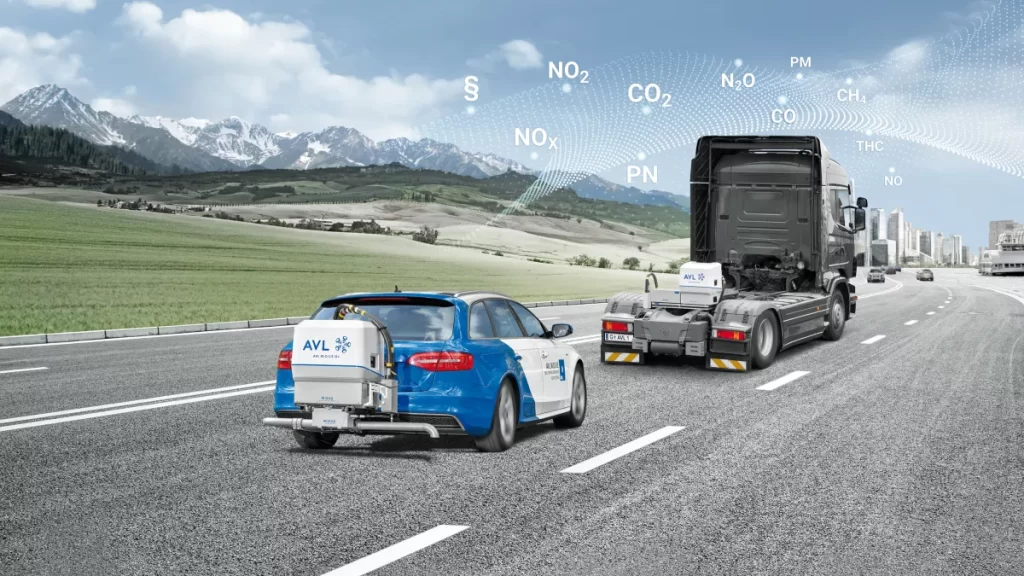
Strategic recommendations
For new projects
- Systematically prioritize universal modular solutions
- Include recalibration cost in your ROI calculations
- Test the recalibration process before production
- Clearly document procedures for your customers
For existing projects
- Audit your current solutions using the decision matrix
- Plan migration to modular solutions during next iterations
- Proactively communicate with customers about improvement options
- Calculate migration ROI over 3-5 years
For your team
- Train your teams on recalibration challenges
- Integrate these criteria into your supplier qualification processes
- Develop expertise in modular solutions
- Create partnerships with players like Dracal Technologies
Conclusion: a smart integrator is worth two
Sensor choice isn’t just a one-time technical decision. It’s a strategic investment that determines:
- Your customers’ satisfaction for years
- Your recurring support costs
- Your competitive differentiation
- Your reputation as a technology partner
By choosing a universal modular solution from the design phase, you transform a recurring regulatory constraint into a sustainable competitive advantage. Your customers gain autonomy, you reduce your support costs, and together you contribute to a more sustainable ecosystem.
Initial calibration is just a moment. Recalibration is for life. Choose accordingly.
PRODUCTS YOU CAN TRUST
Approved by engineers, scientists and researchers around the world.
Thousands of companies trust our products worldwide:

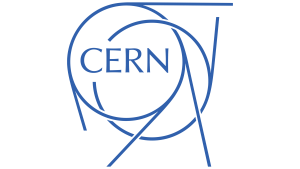
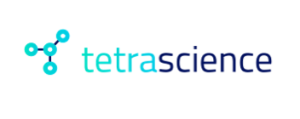


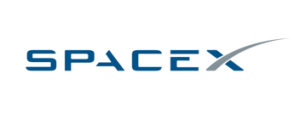

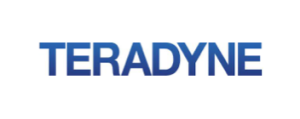




Not sure if your project will benefit from Dracal’s solution?
Contact us, tell us about your project, and we’ll quickly determine if there’s a fit.
"*" indicates required fields
Always offered at no extra charge with our products!
EASY TO USE IN YOUR OWN SYSTEM
- Ready-to-use, accurate and robust real-time data flow
- Choose the interface that works best for you (CLI, virtual COM, REST API)
- Code samples available in 10+ programming languages (Python, C/C++, C#, Java, Node, .Net, etc.)
- Operates under Windows, Mac OS X and Linux
- Usable with LabView (CLI guide, Virtual COM guide)
- All tools packaged within one simple, free of charge, DracalView download
FREE DATA VISUALIZATION, LOGGING AND CALIBRATION SOFTWARE
- Get up-and-running in less than 3 minutes
- Operates under Windows, Mac OS X and Linux
- Real-time on-screen graphing and logging
- Log interval down to 0.5 second and configurable units (°C, °F, K…)
- Simultaneous use of unlimited Dracal sensors supported
- Simple user-calibration (products with the -CAL option)
- Connectivity with SensGate Wi-Fi/Ethernet gateway
